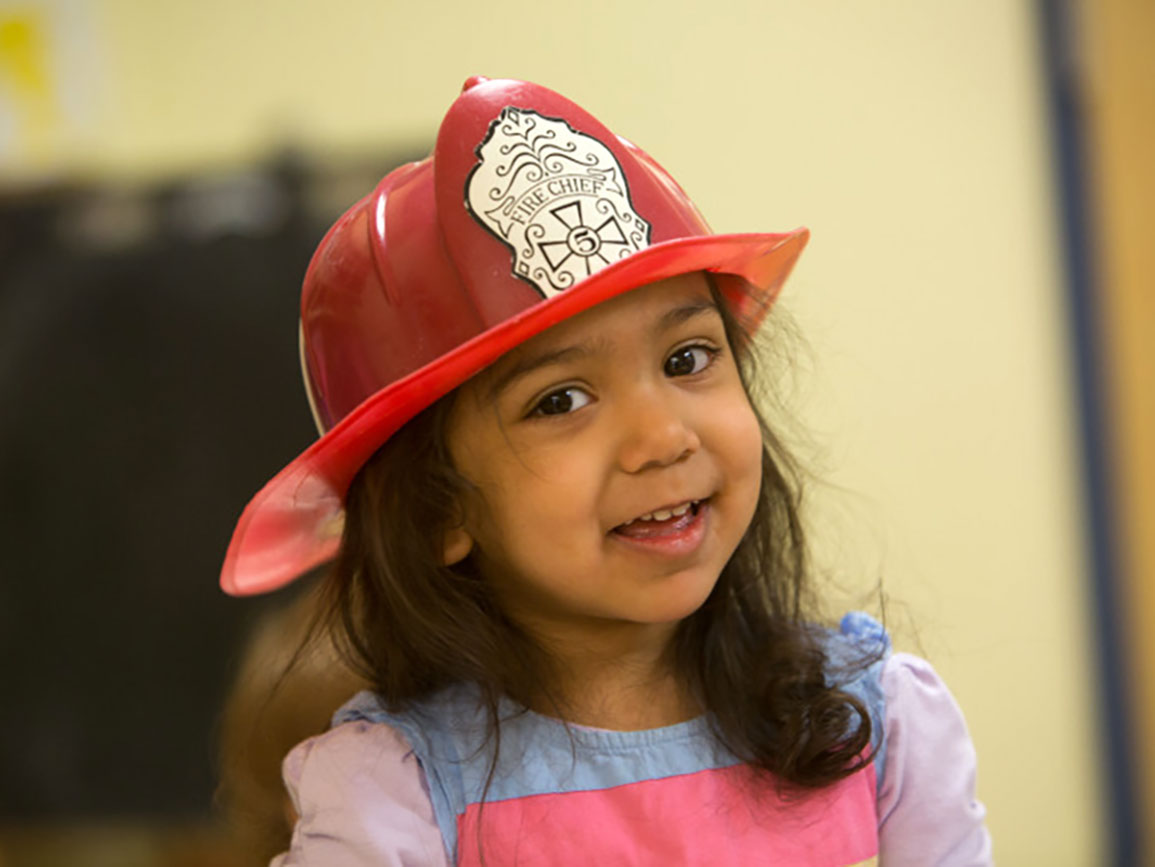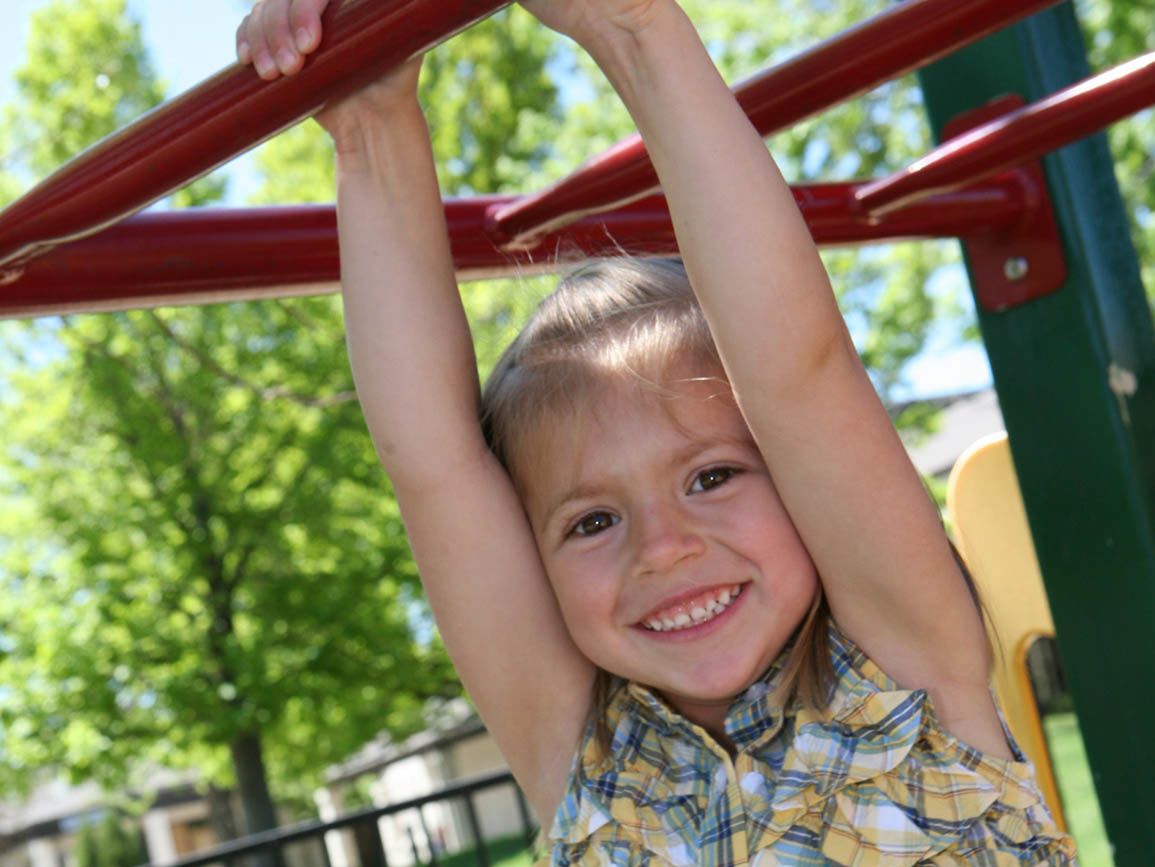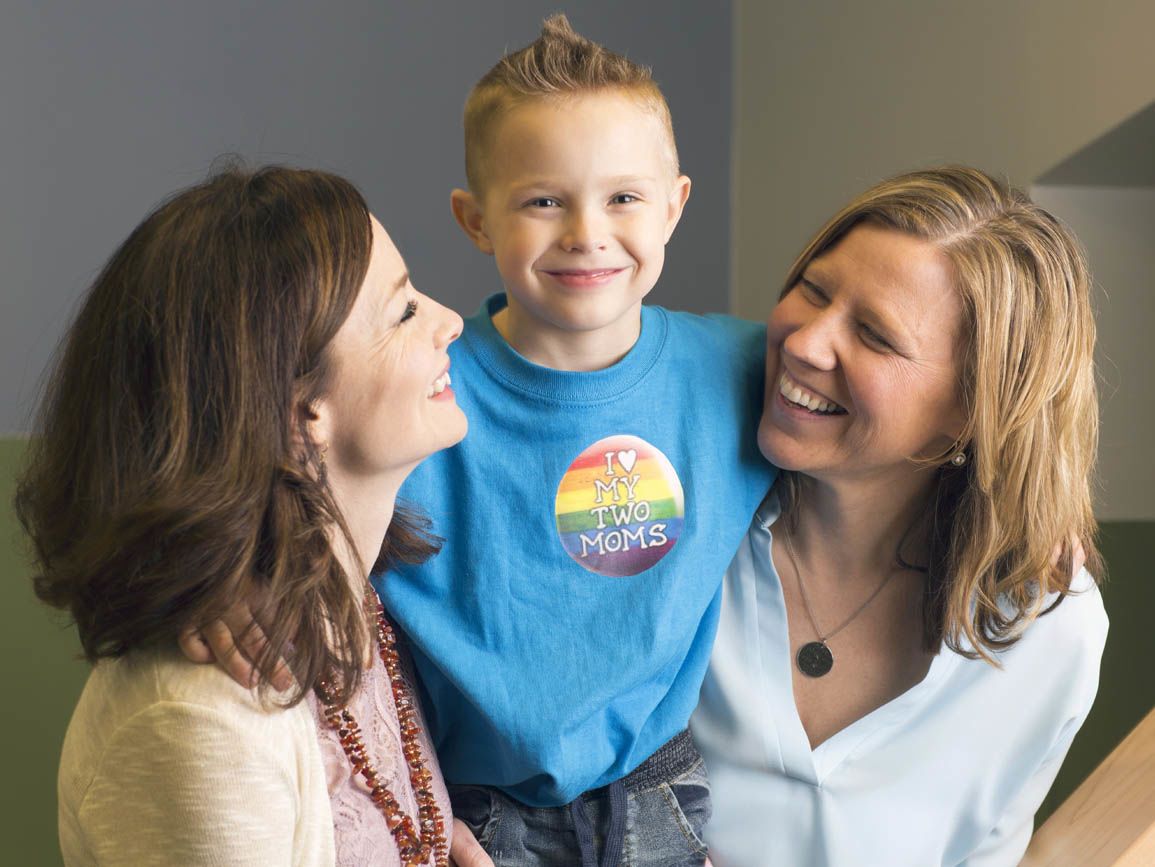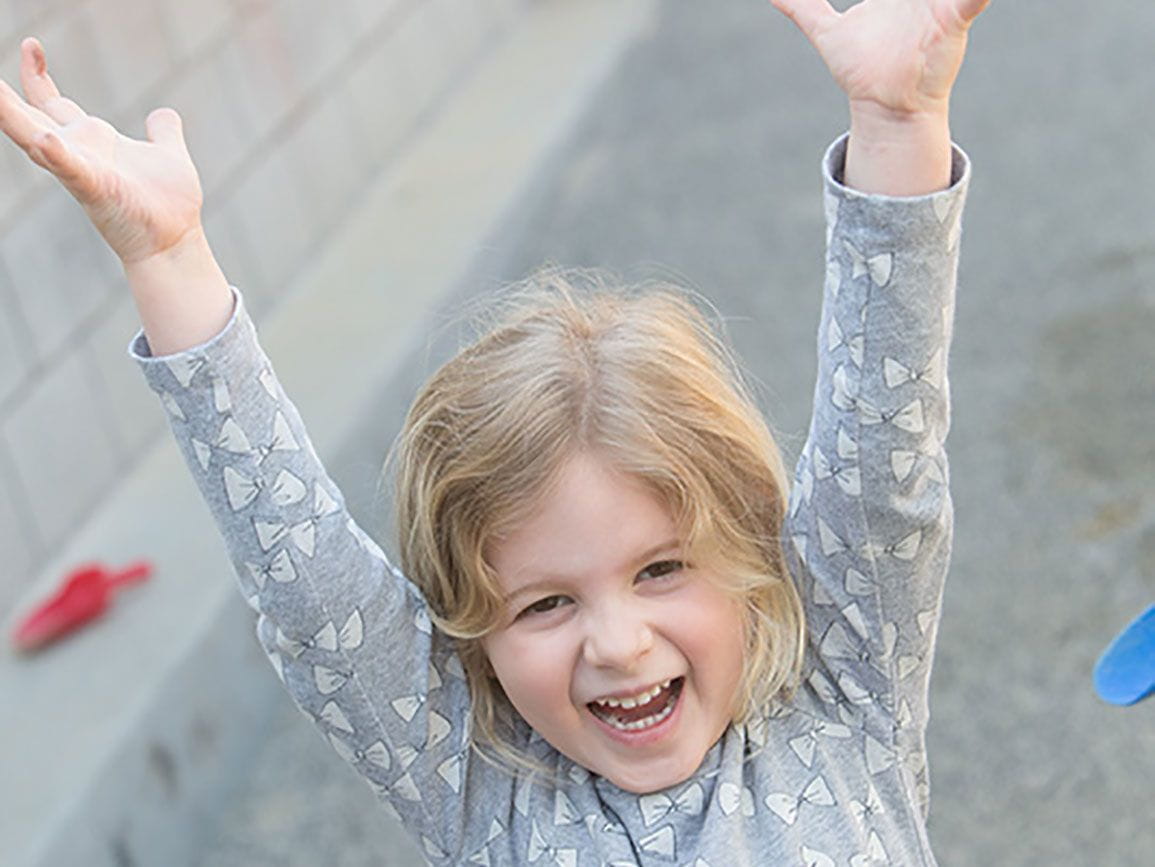At Bright Horizons, we know gender identity is a complex issue, deserving of thoughtful dialogue. As educators, we strive to “create a safe and reflective space for children to develop their identities and to counterbalance gender stereotypes.”
In a preschool classroom, a girl skillfully hammers nails into a piece of wood at the woodworking center. Across the room, boys play with dolls, carefully wrapping their babies in blankets, rocking them, and putting them in cradles. These activities might challenge traditional expectations about gender, but children aren’t worried about stereotypes — they’re just learning and playing.
At this age, children of all genders have similar interests and needs:
- They’re making sense of language, social interactions, and their own bodies.
- They’re curious about the world, and eager to learn through games, arts, and tactile experiences.
- They want to get messy and adventurous and to be physical and curious.
UNDERSTANDING GENDER & DEVELOPMENT
One of the most profound developmental tasks for young children is to understand who they are, and gender is a core aspect. However, gender is more complex than the binary categories of male and female. It is an interplay of sex, identity, and social influences. Our role as parents and educators is to support children on this path — as well as to actively work to counter gender stereotypes.
From an early age, some children identify (gender identity) with a sex other than the one they were assigned at birth. “Gender expansive” children may explore and express their identity in ways that do not conform with gender norms, although young children may not articulate these feelings as they work to understand their identity. Many gender expansive children experience bullying and feelings of shame or rejection.
How adults respond to children’s feelings about their gender can powerfully affect their sense of worth and emotional well-being.
BREAKING DOWN GENDER STEREOTYPES
Young children naturally classify, sort, and look for patterns to make sense of the world. This is why your child may use external characteristics, such as hairstyle or clothing, to understand a person’s gender.
As a parent, you can teach your child to understand that what people wear or how they style their hair does not define gender identity (though it may inform gender expression).
Challenge stereotypes with open discussion. Assertions from children like, “girls can’t be firefighters” or “boys can’t be nurses” are perfect teachable moments. Stop and ask why they might think these things are true, and then, together, search for images of female firefighters or male nurses.
SUPPORTING CHILDREN’S DEVELOPMENT AT HOME
All children, no matter their identities and regardless of unique likes and dislikes, need time to experiment with all sorts of activities. Children need freedom to move robustly, reflect peacefully, cuddle with soft toys, build, have rough and tumble play, explore books, and enjoy nature.Our interactions and the language we use with children should model respect for all people as we encourage children to explore their interests, engage in thoughtful dialogue about gender, and teach social skills like collaboration and compromise.
Children of all gender identities benefit from loving, supportive adults in their lives, as well as a rich variety of experiences free from cultural stereotyping.
In these environments, children have their best chances to develop healthy, balanced ideas about gender, and learn about their own interests and strengths.
This open-minded, open-ended approach will inspire healthy experimentation and cooperative play throughout your child’s life, potentially remove restrictions from prescribed gender roles, and support their growth into caring and loving friends, partners, and adults.





